The Ministries of the Sea and Environment and Climate Action are preparing a specific decree-law on red corals (corallium rubrum) so that whoever catches them suffers “effective and rigorous” fines. This is a species with great importance for biodiversity, despite being threatened due to its use in jewellery, and whose mapping on the Algarve coast is being done by the Center for Marine Sciences (CCMar) of the University of Algarve.
Although it is not yet possible to quantify them, the truth is that the CCMar has already identified some “red coral gardens”, off Sagres, Lagos and Portimão. The work, which uses remotely operated vehicles (ROV) that can go up to 300 meters deep, continues to be carried out and the Minister of the Sea wanted to meet him on site.
Ricardo Serrão Santos, accompanied by investigators, politicians and other officials, went this Monday, July 13, aboard the catamaran "Espírito Oceânico” to see what CCMar is doing off Albufeira. Although his presence was also planned, João Matos Fernandes, Minister of Environment and Climate Action, ended up not participating in the initiative.
This was a trip to about 6 miles from the coast, where Ricardo Serrão Santos took the opportunity to explain the Ministry's ideas to combat the "scourge" of illegal harvesting of red corals.

"I have been talking a lot with the Minister of Environment and Climate Action and we are preparing a specific decree-law on this species so that it is subject to environmental restrictions and contraventions because they are more effective and strict than those of fisheries", explained Ricardo Serra Santos.
In other words, the objective is to «consider the capture of this species as an environmental crime», with fines that can reach up to 5 million euros for collective entities.
The harvesting of red corals is already illegal, but that is not enough, in the opinion of the Minister of the Sea. This is also why another decree-law is being prepared “which will also address the issue of co-management of fisheries, creating an article special to include this ban more prominently,” he added.
In 2012, for example, off Portimão, the Maritime Police detained six people who were picking up coral “several hundred years old”, and seized 32 kilos of red coral. Despite this action, the Minister of the Sea, recalling the episode, considers that "the consequences for the offenders were weak and little dissuasive because there was no strong legislation."
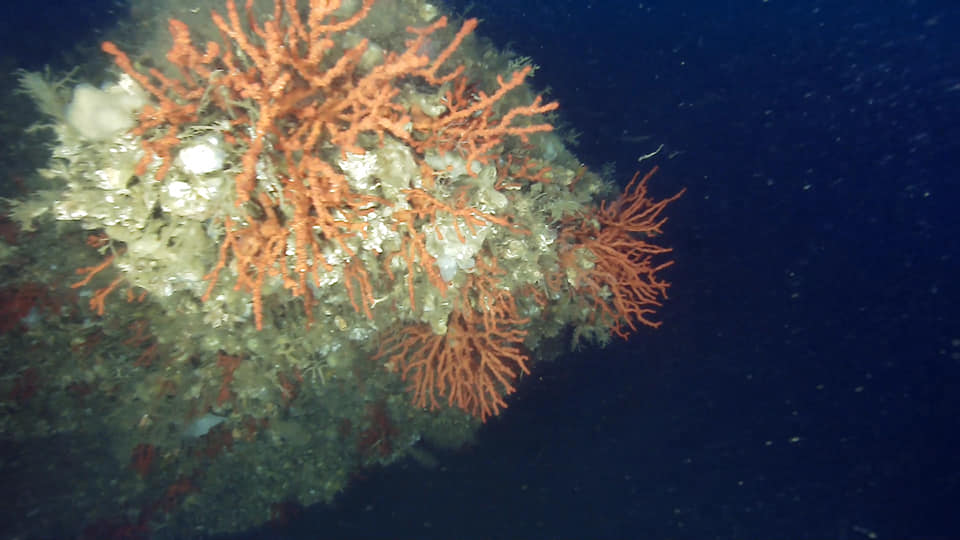
“That's what we want to fix. This is a case of protecting biodiversity and its preservation is important for the health of the ocean and fisheries», he concluded.
But what makes these red corals so important?
Jorge Gonçalves, CCMar researcher, explained to journalists that these are "species with unique characteristics because they do not depend on sunlight to feed", and are also "filtering and providing habitat for other species".
The red coral is a slow-growing animal and colonies of this coral are found to be over 100 years old. These characteristics make it particularly vulnerable to impacts such as direct harvesting and lost fishing gear.
It is certain that, despite these particularities, “for millennia” red corals have been used for purposes such as…jewelry.
“At this point in our life stage on the planet, we think we have so many other ways to make jewelry. These corals are at the base of the structuring of habitats at these depths, between 70 and 110 meters, they contribute to the health of marine ecosystems and, therefore, to the health of the planet», added Jorge Gonçalves. In other words, it is good to stop using corals for jewelry making.
The mapping work, which has been underway since 2012, will continue in the near future, both in the areas of Sagres, Lagos, Portimão and Albufeira, as well as in Costa Vicentina, as there is a chance that there are corals off Carrapateira (Aljezur) .
The idea is, in all cases, to conserve “a treasure that belongs to us and the world”.
Photos: Barbara Caetano | Sul Informação
It's time to help us do the Sul Informação!
Contribute your donation so that we can continue to make your journal!
Click here to support us (Paypal)
Or use our IBAN PT50 0018 0003 38929600020 44
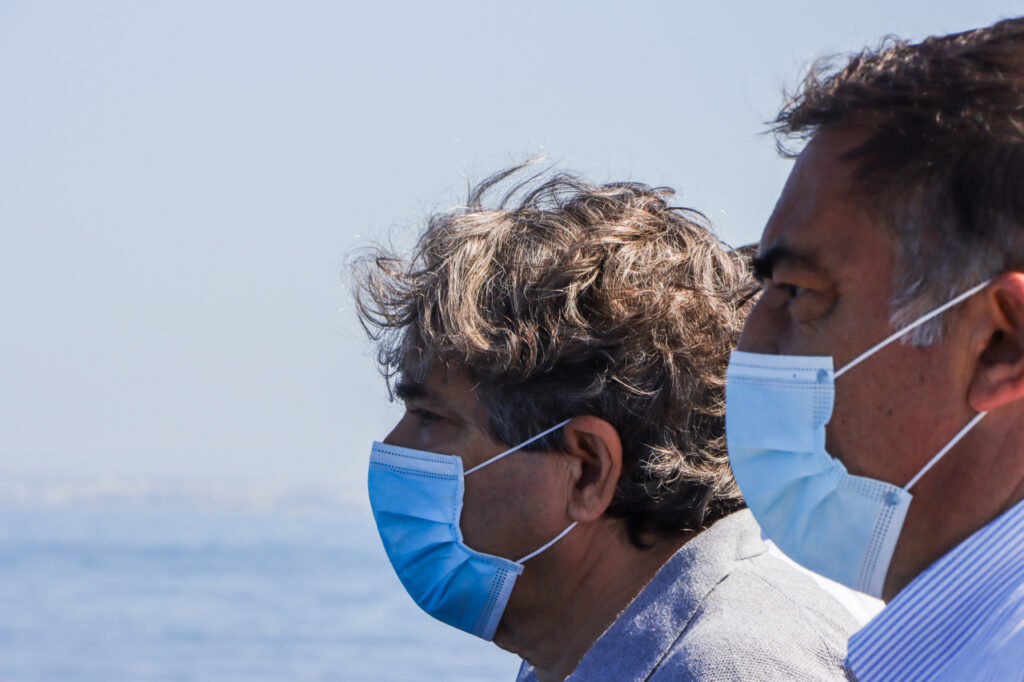
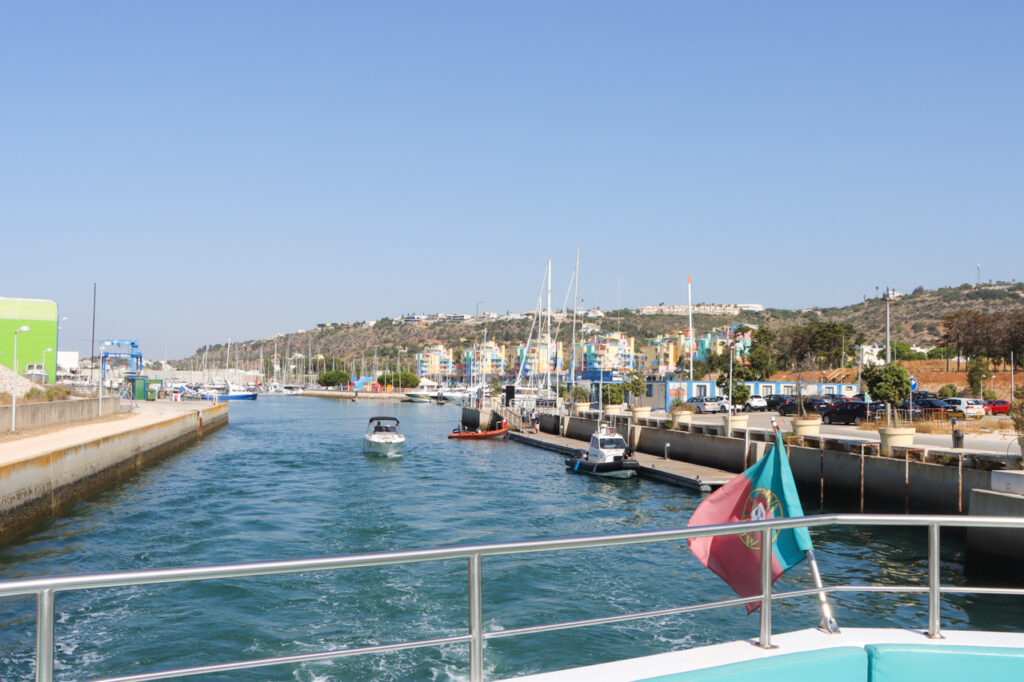
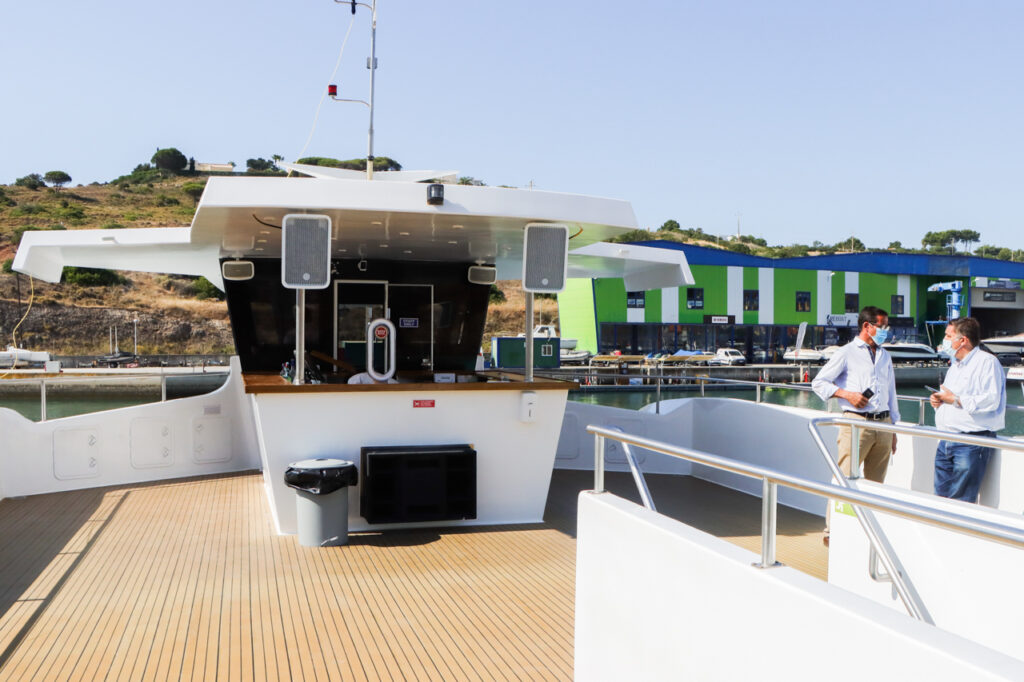
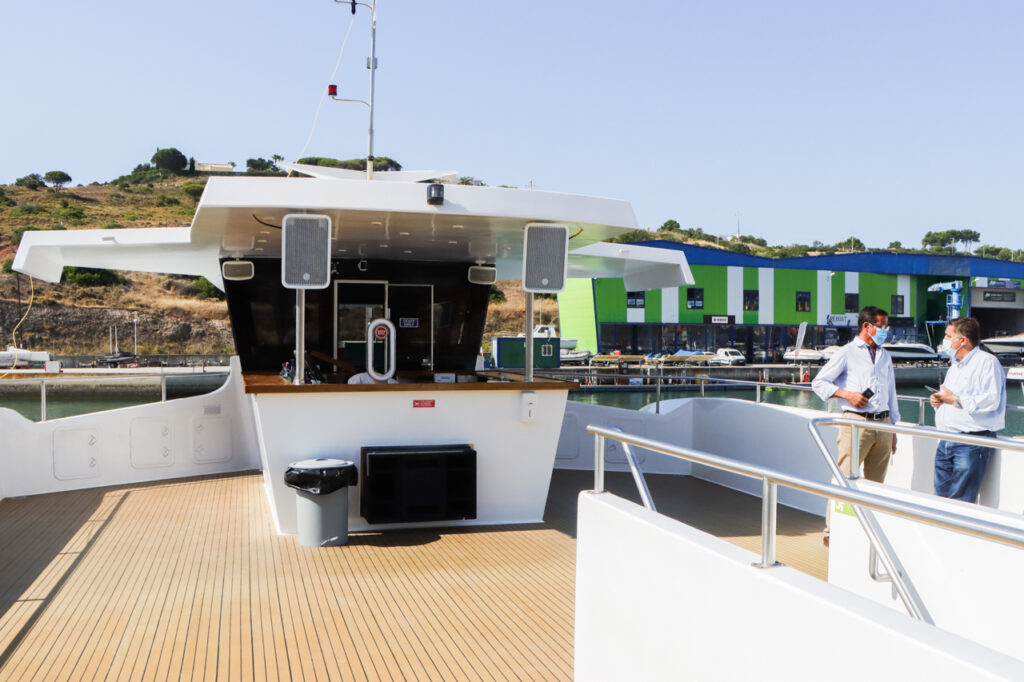
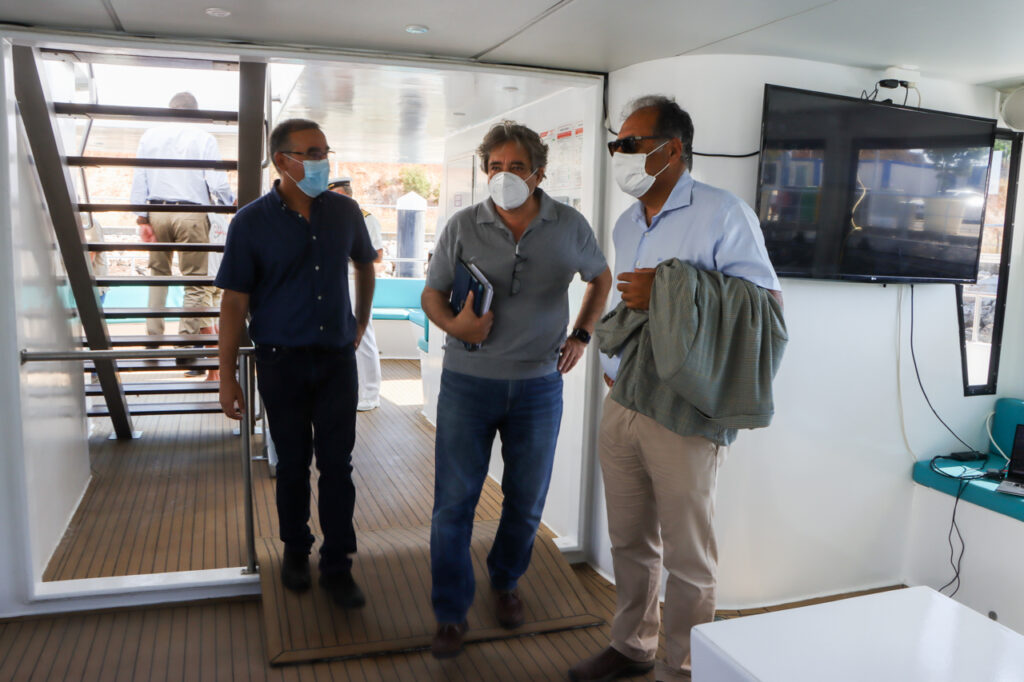
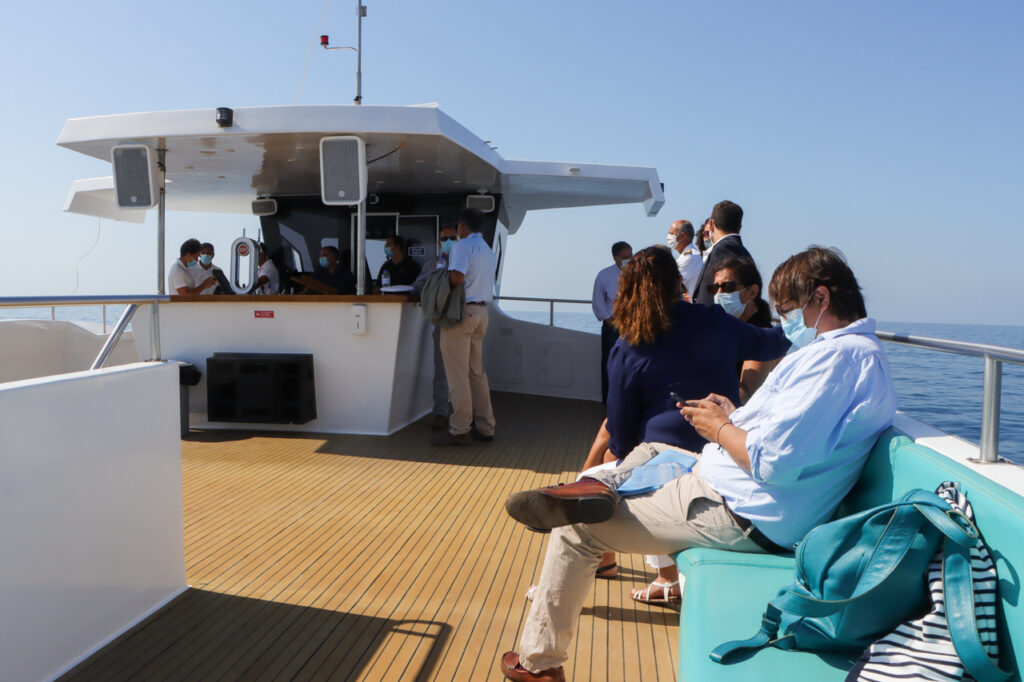
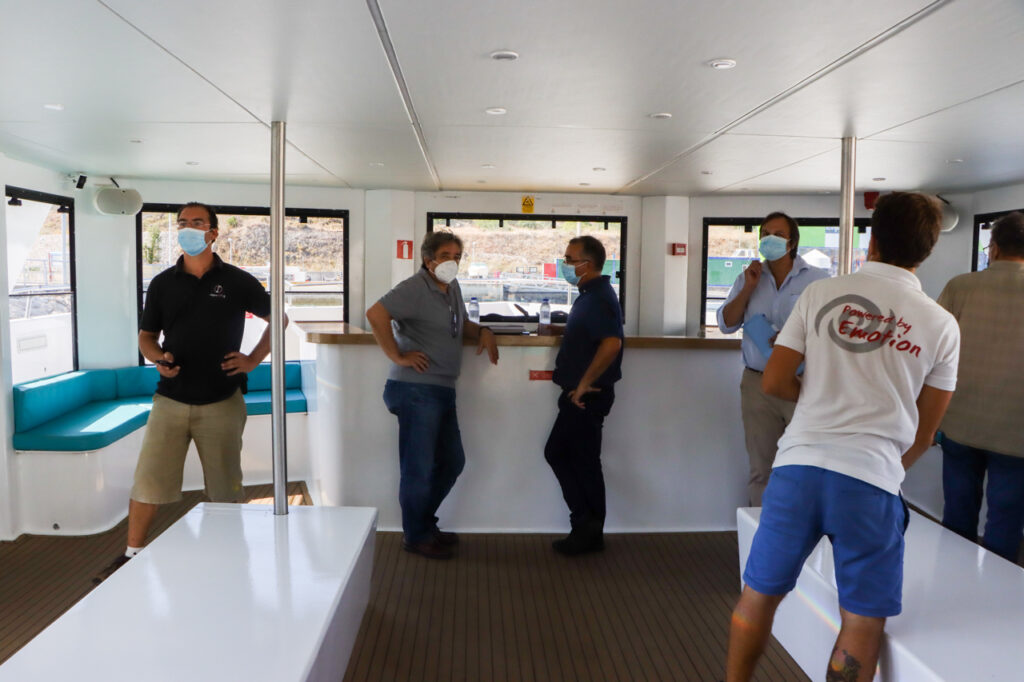
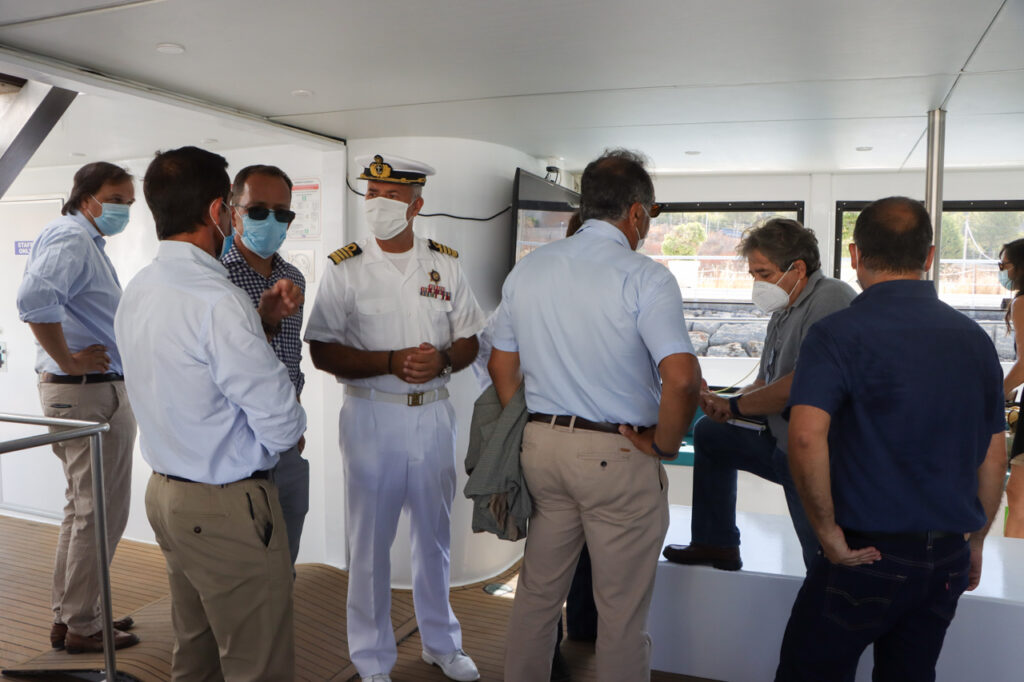
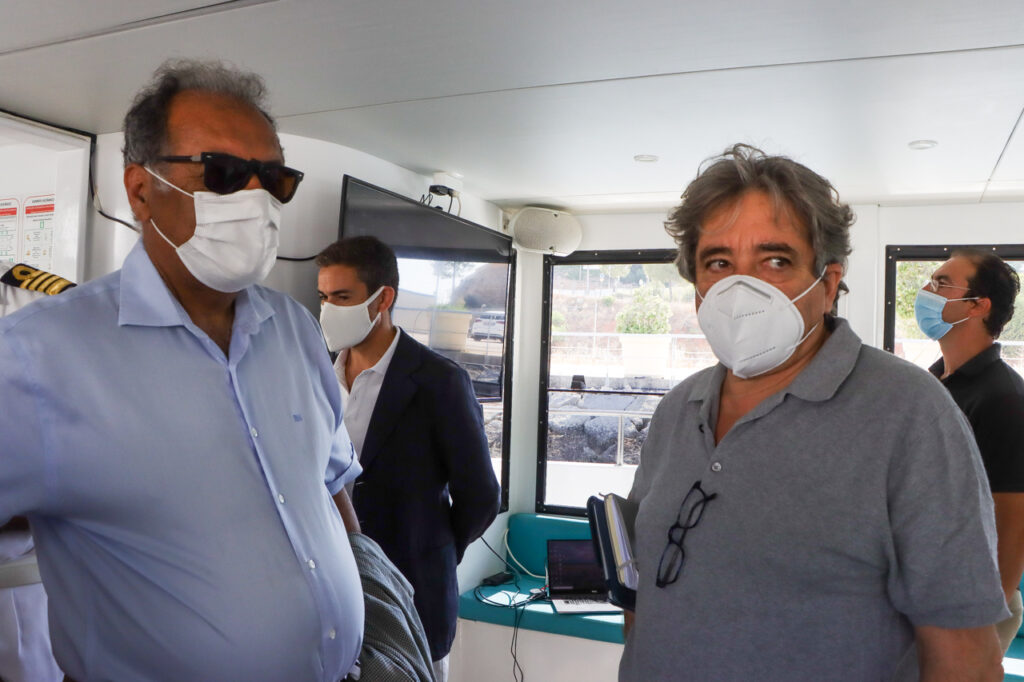
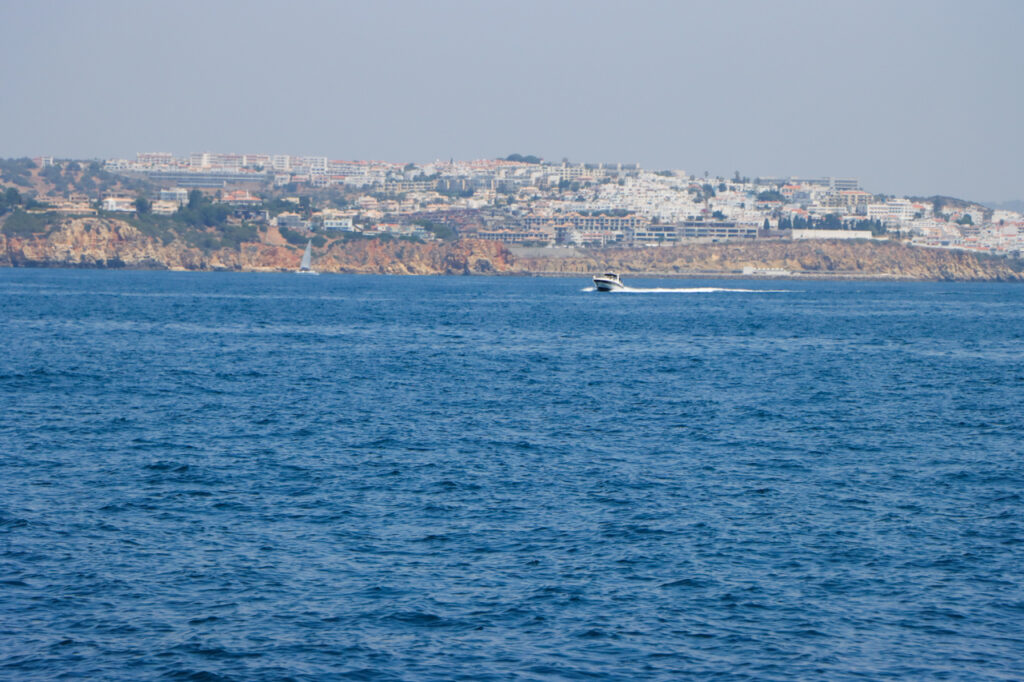
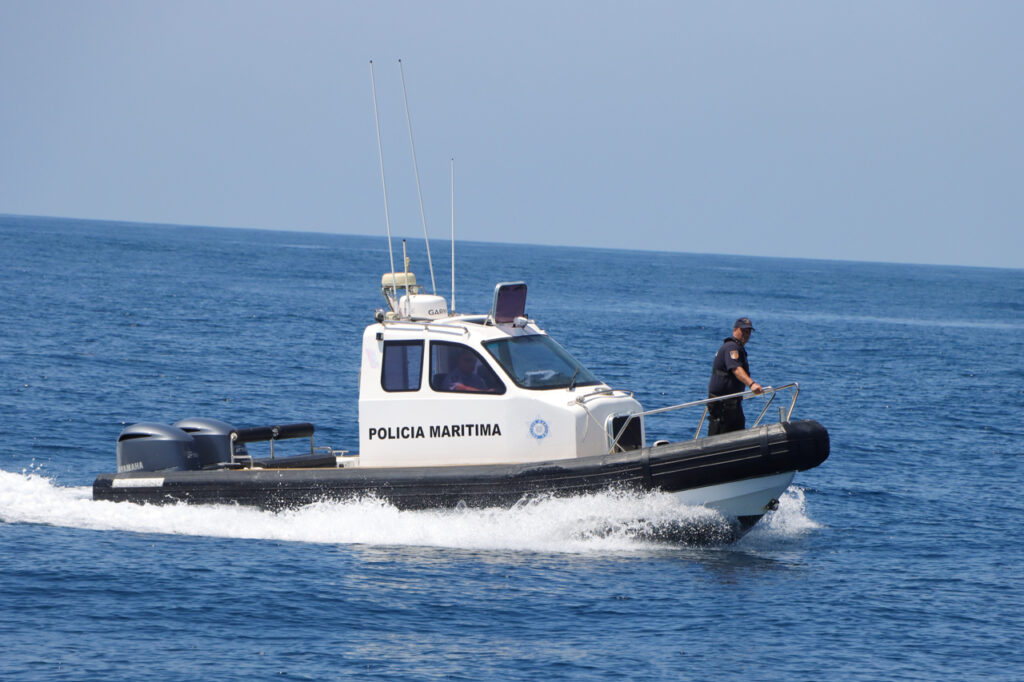
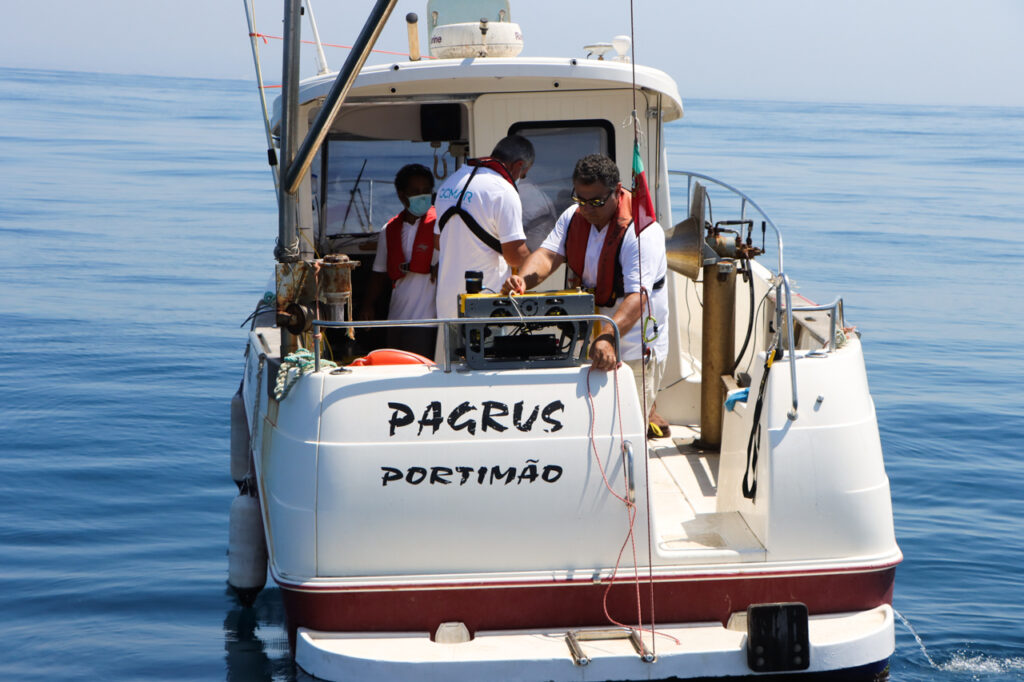
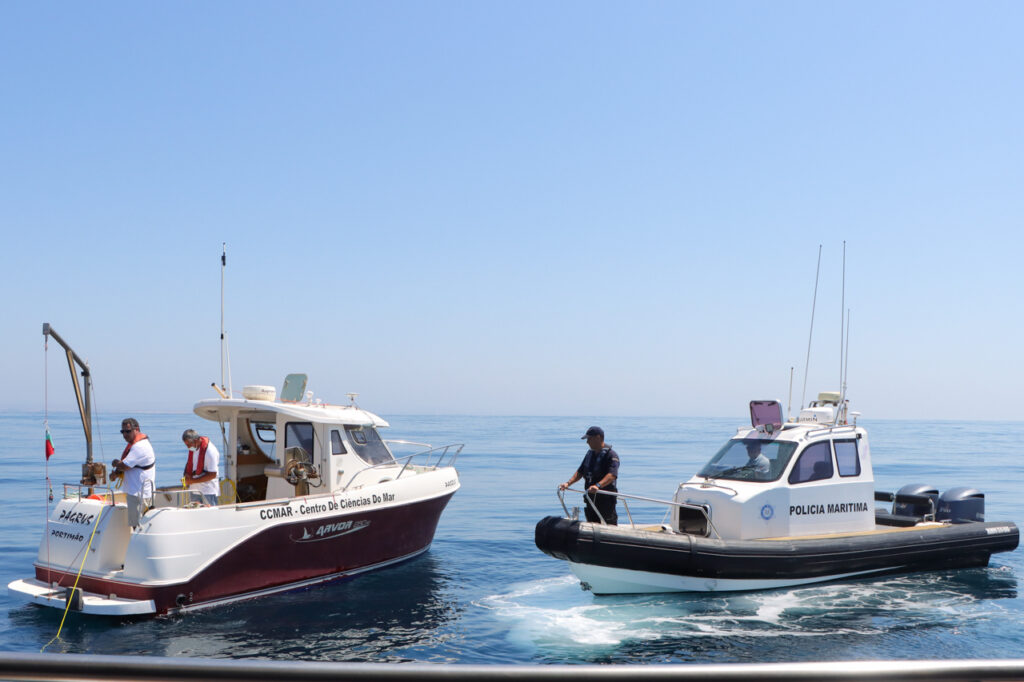
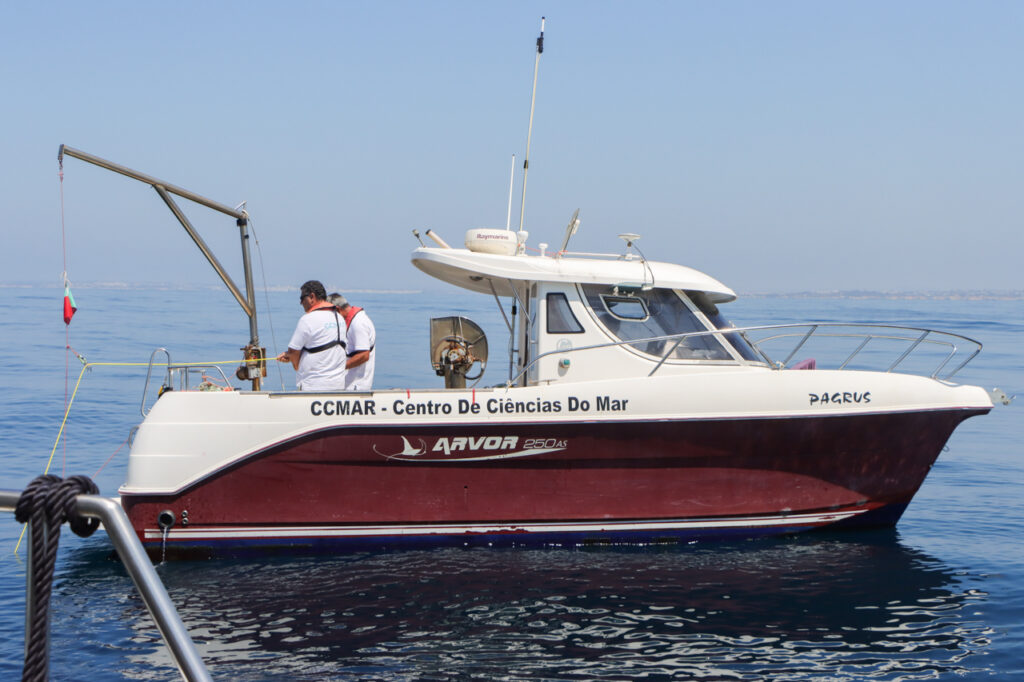
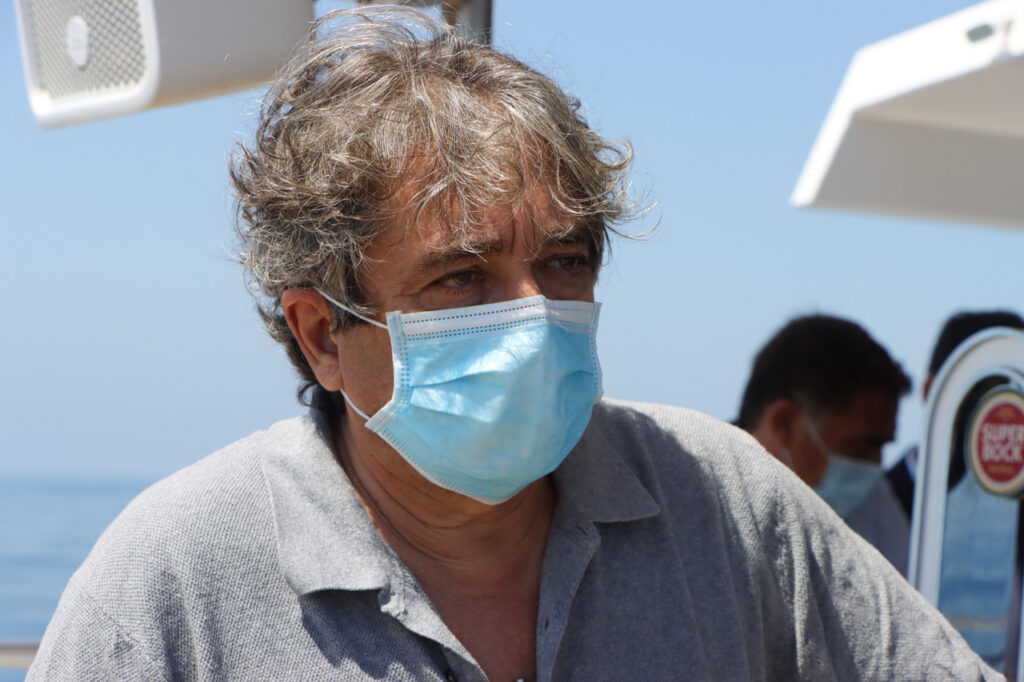
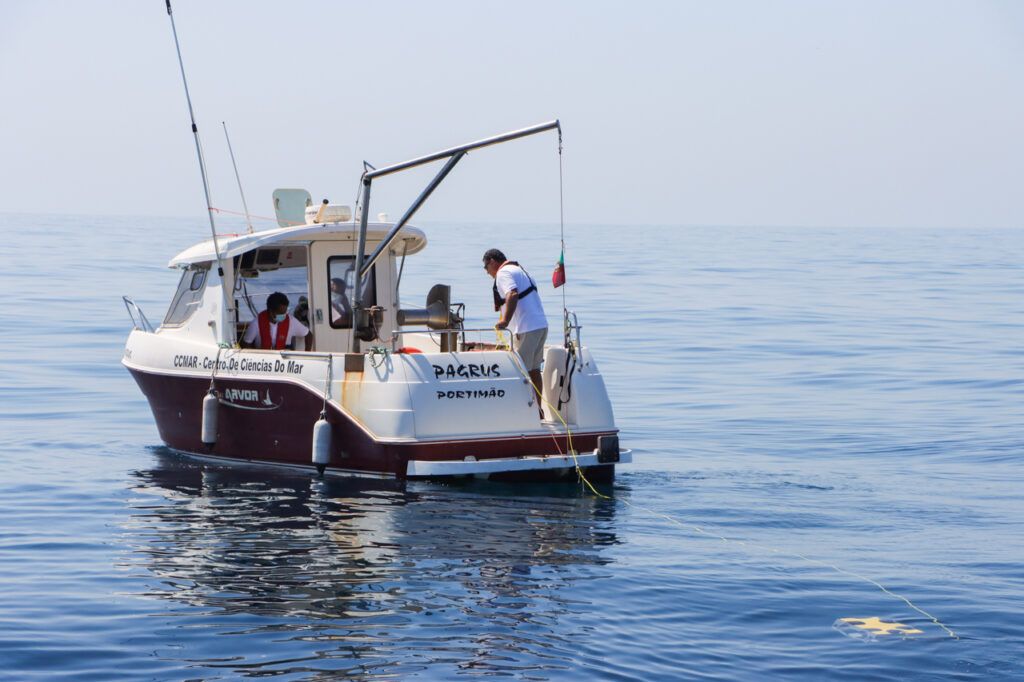
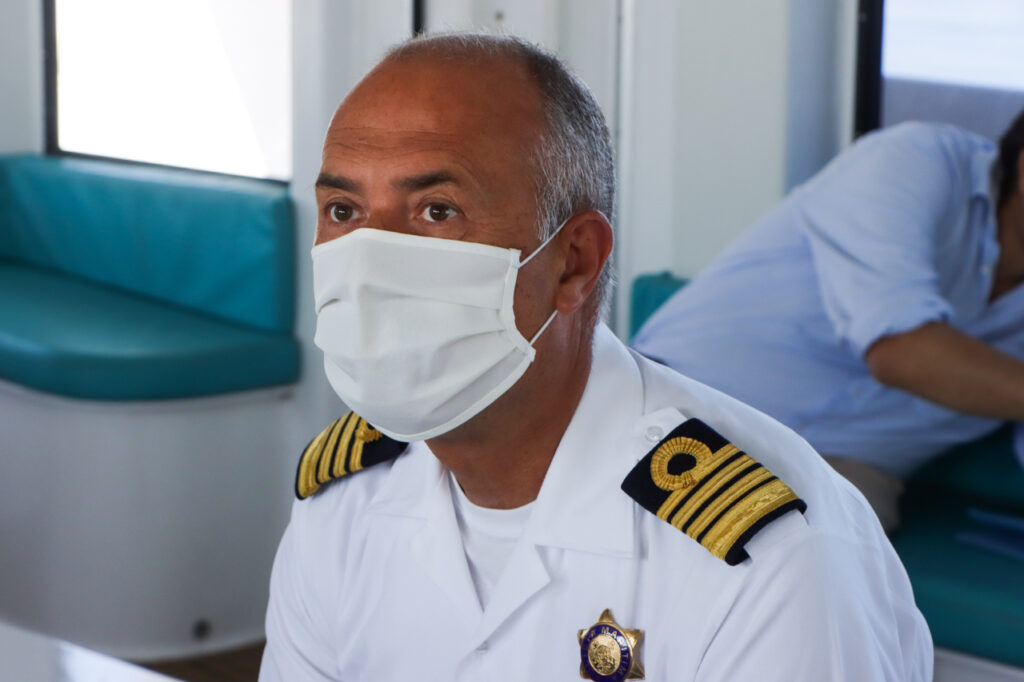
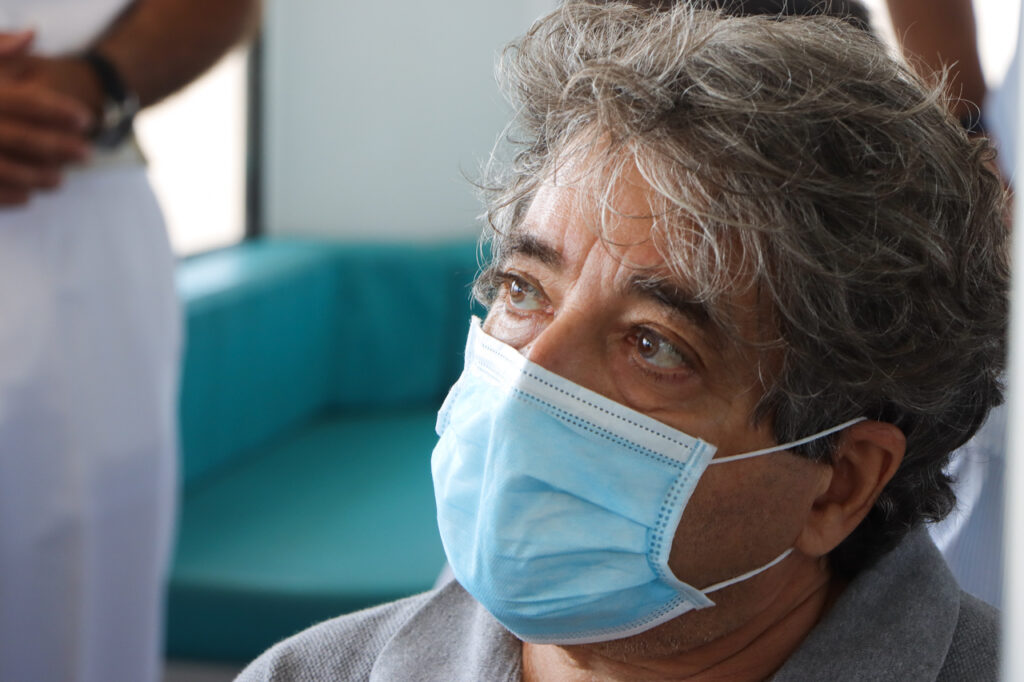
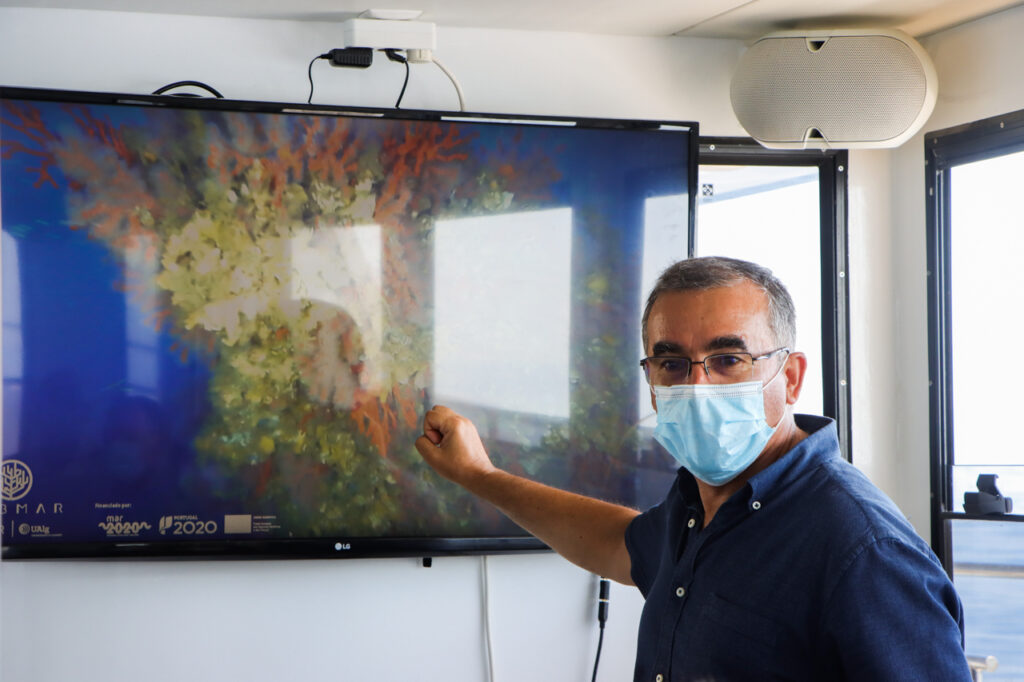
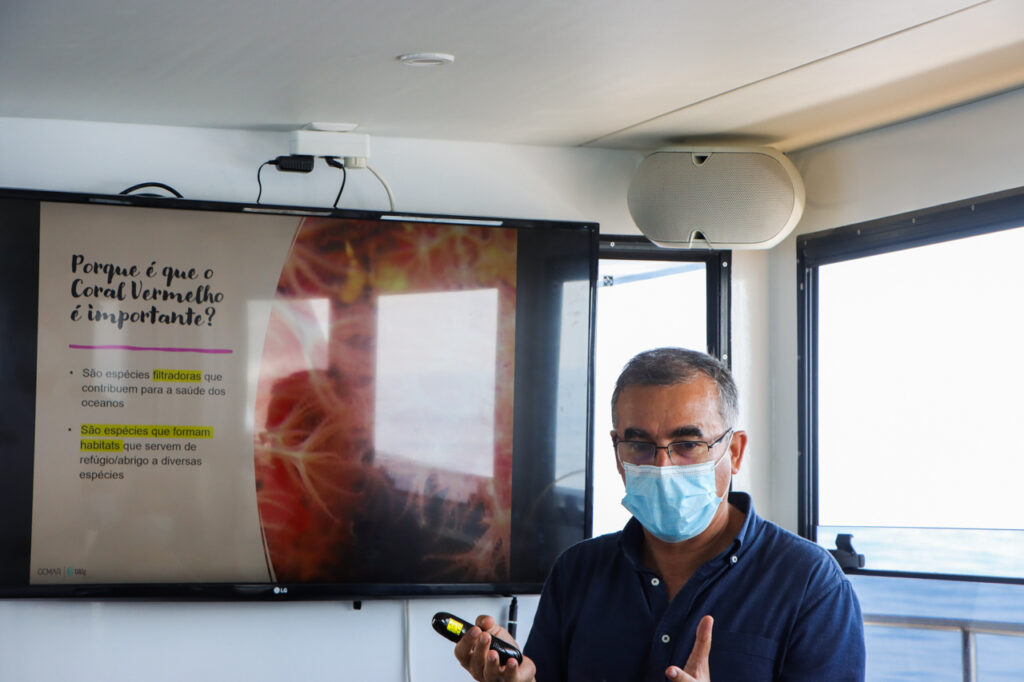
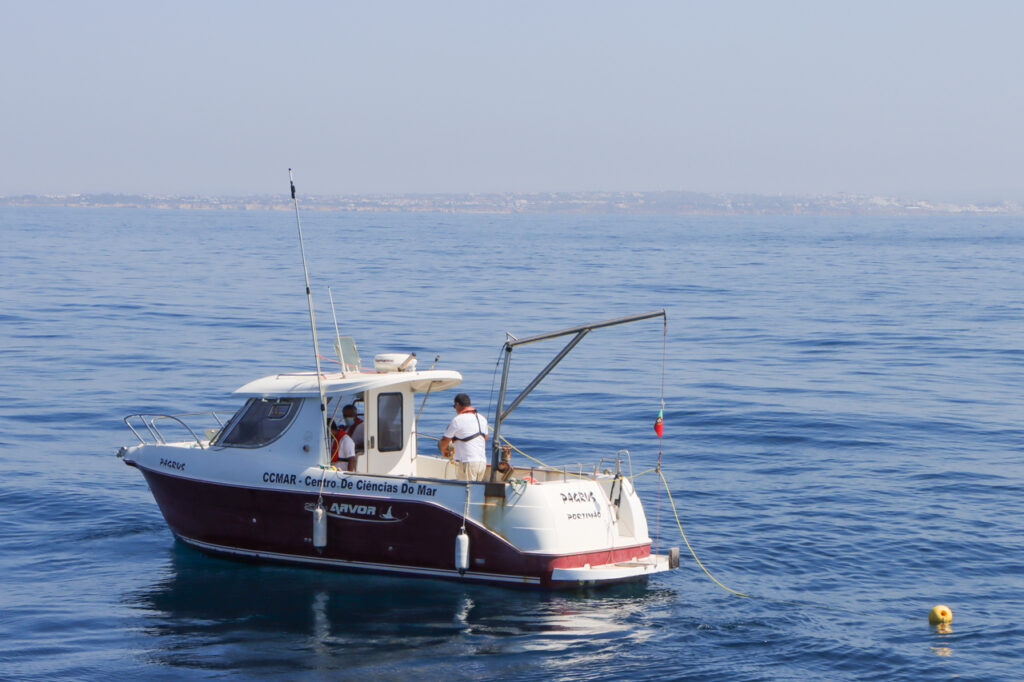
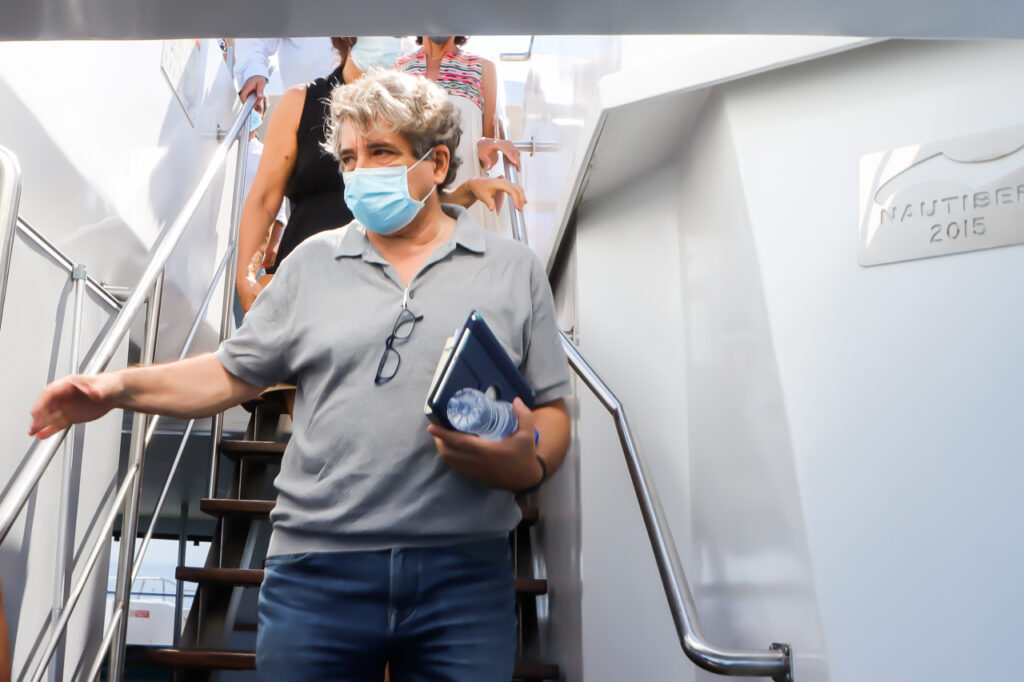
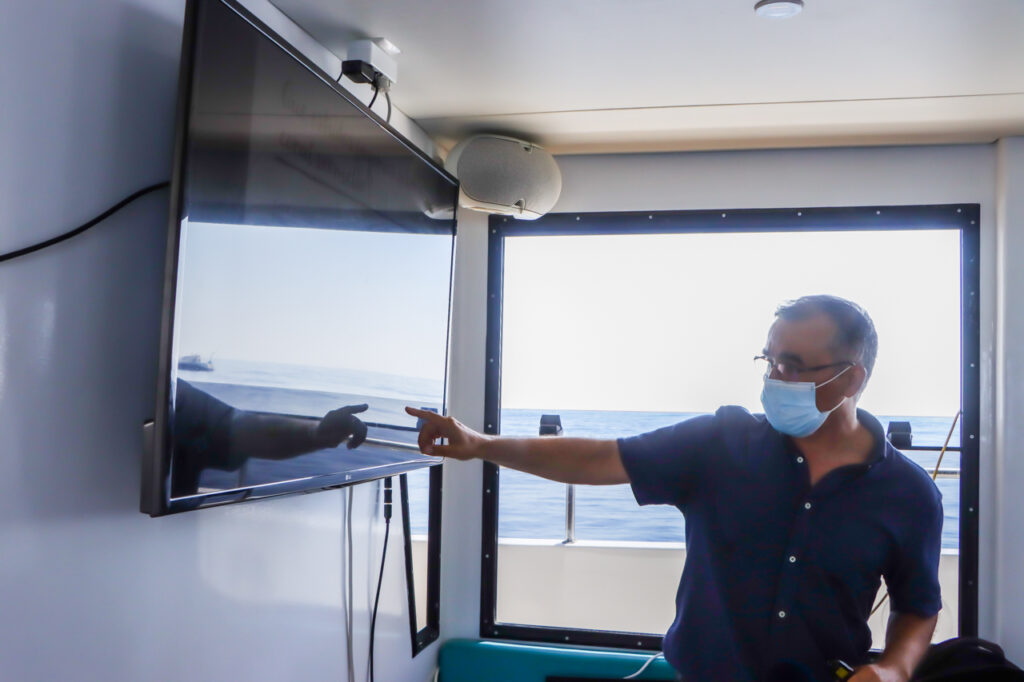
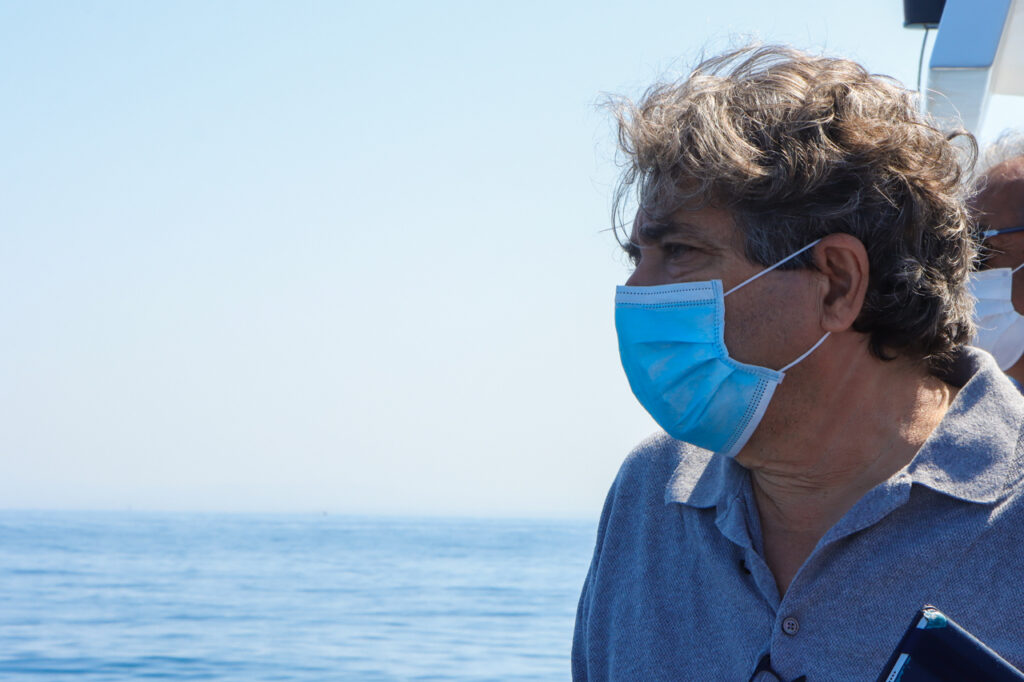
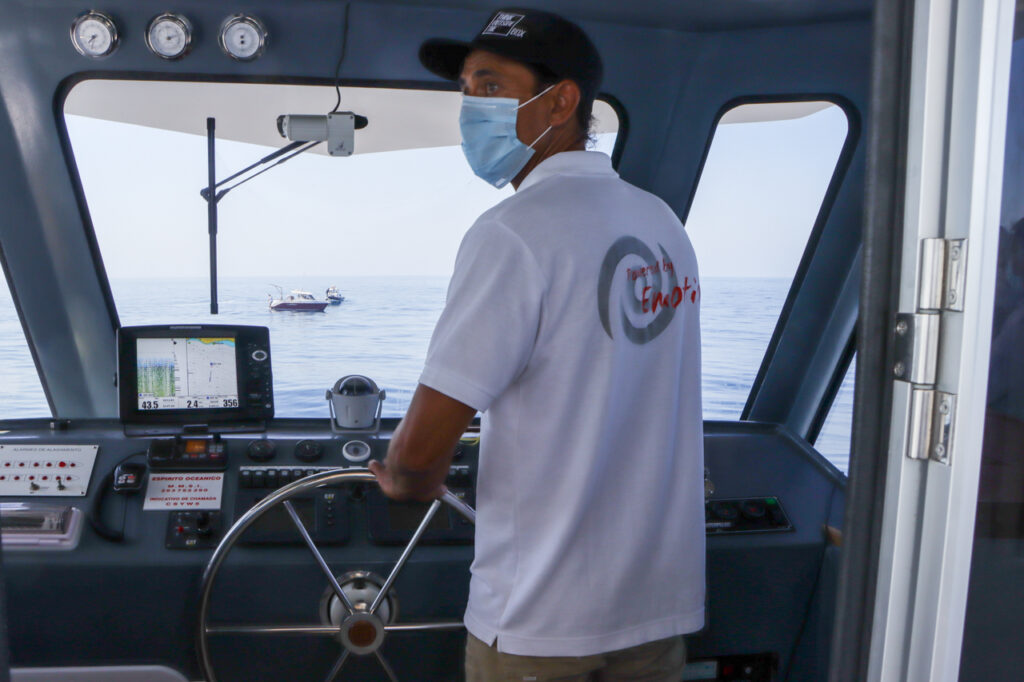

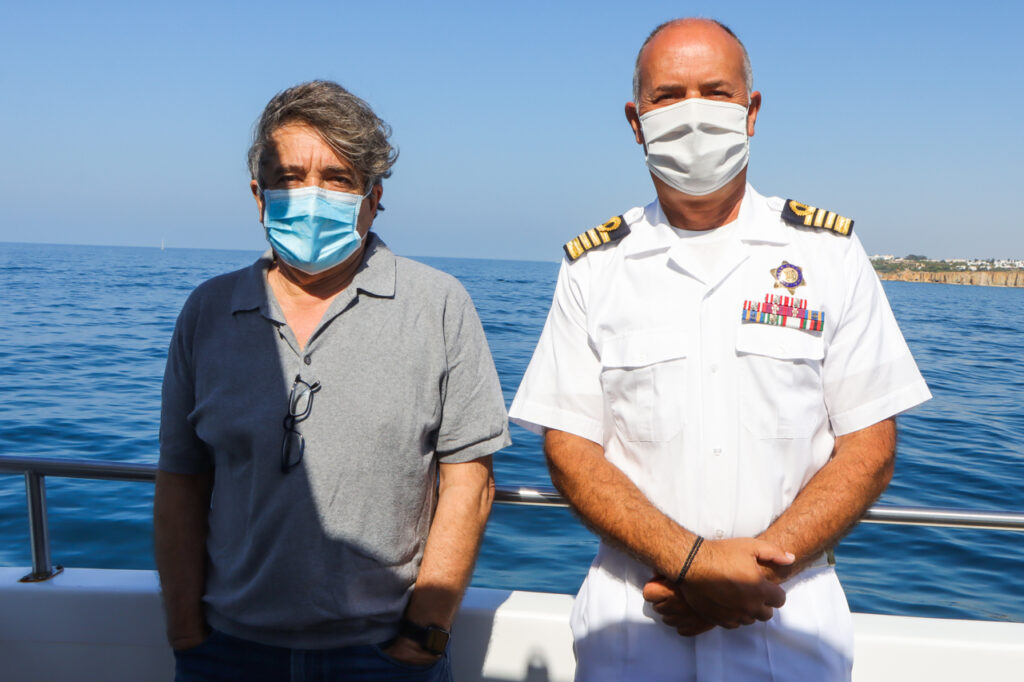
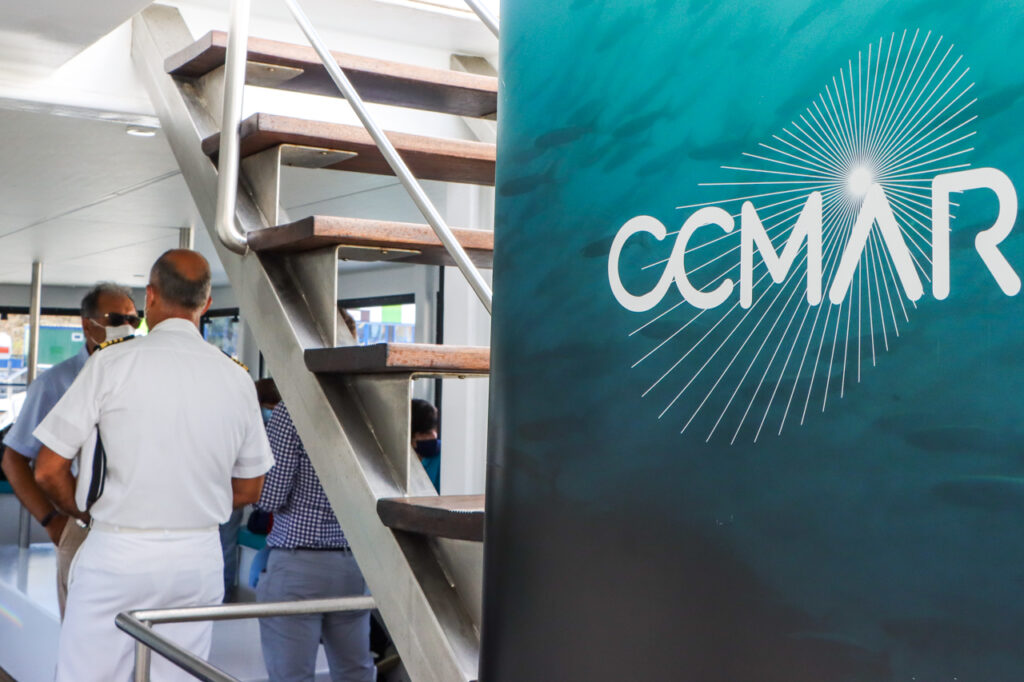


















Comments